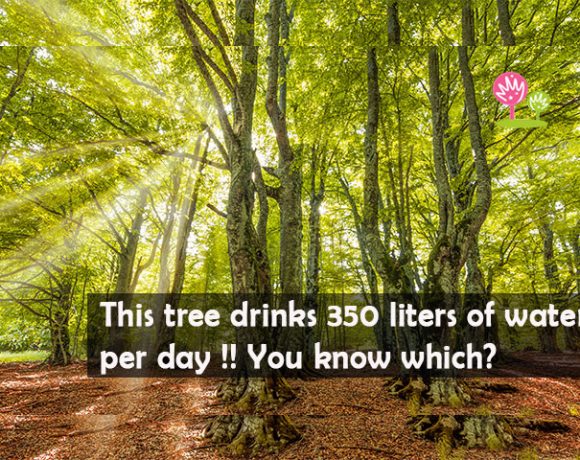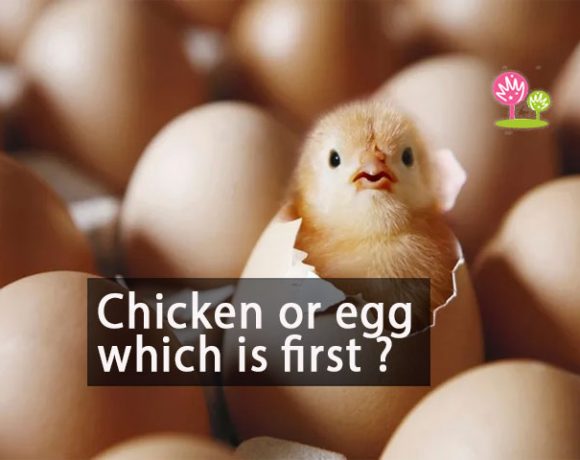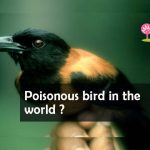Do you know the most dangerous creatures ?

Cone snail
The cone snail species that packs the most venomous wallop is the geography cone snail.
Cone snails are a group of marine snails found in tropical oceans and seas around the world, though some live in more temperate habitats, like the waters around Southern California,the Mediterranean Sea and around the southern cape of South Africa.
The cone snail’s highly specialized teeth, known as radulae, work like a combination hypodermic needle and harpoon to skewer and poison its prey
Box Jelly Fish
Often found floating (or slowly moving at speeds close to 5 miles per hour) in Indo-Pacific waters, these transparent, nearly invisible invertebrates are considered by the National Oceanic and Atmospheric Administration as the most venomous marine animal in the world.
Their namesake cubic frames contain up to 15 tentacles at the corners, with each growing as much as 10 feet long, all lined with thousands of stinging cells—known as nematocysts—that contain toxins that simultaneously attack the heart, nervous system, and skin cells.
Tsetse Fly
Regarded as the world’s most dangerous fly, the tsetse fly—a small speck of insect that measures between 8 to 17 mm, or about the same size as the average house fly—is commonly found in Sub-Saharan Africa, especially throughout countries in the center of the continent.
While the flies themselves are nasty bloodsucking bugs that usually feed during the peak warm hours, their true terror lies in the protozoan parasites they spread known as Trypanosomes.
These microscopic pathogens are the causative agent of African Sleeping Sickness, a disease marked by neurological and meningoencephalitic symptoms including behavioral changes,poor coordination, as well as the disturbances in sleeping cycles that give the illness its name. If untreated, the condition can be fatal.
Cape buffalo
Cape buffalo, which number around 900,000, are a relatively mild species when left alone,preferring to travel in massive herds to graze in early morning and late afternoon hours, or to gather around watering holes to stay hydrated. However, if an individual (or its calf) is threatened or wounded, they become the incarnation of their nickname: Black Death.
Golden Poison Dart Frog
The poison dart is a large, diverse group of brightly colored frogs, of which only a handful of species are particularly dangerous to humans.
The most deadly, the golden poison dart, inhabits the small range of rain forests along Colombia’s Pacific coast, and grows to around two inches long.
Its poison, called batrachotoxin, is so potent that there’s enough in one frog to kill ten grown men, with only two micrograms—roughly the amount that would fit onto the head of a pin—needed to kill a single individual.
Saw-Scaled Viper
Sometimes called the little Indian viper or simply the saw-scaled viper, these reptiles live in some of the most populated regions of the range they occupy, which stretches well beyond India. They remain inconspicuous by using their natural camouflage to blend into desert surrounds. Because they are typically active at night, it’s best to listen for their defensive sizzling sound; this comes from a behavior called stridulation, in which the snake forms coils and rubs its scales together. Even with a warning, saw-scaled vipers are extremely aggressive, with more than double a lethal dose into each bite.
Pufferfish
Pufferfish, also known as blowfish, are located in tropical seas around the globe. Though they’re the second most poisonous vertebrate on the planet (after the golden arrow dart frog),they’re arguably more dangerous as their neurotoxin (called tetrodotoxin) is found in the fish’s skin, muscle tissue, liver, kidneys, and gonads, all of which must be avoided when preparing the creature for human consumption.
Indeed, while wild encounters are certainly dangerous,the risk of death from a pufferfish increases when eating it in countries like Japan, where it is considered a delicacy known as fugu and can only be prepared by trained, licensed chefs—even then, accidental deaths from ingestion occur several times each year.
Black Mamba
Black mamba is especially deadly due to its speed. The species (which can grow up to 14 feet long) is the fastest of all snakes, slithering at speeds of up to 12.5 miles per hour, which makes escaping one in remote areas that much more difficult.
Thankfully, black mambas usually only strike when threatened—but when they do, they’ll bite repeatedly, delivering enough venom (a blend of neuro- and cardiotoxins) in a single bite to kill ten people. And if one doesn’t receive the correlative antivenom within 20 minutes, the bites are almost 100 percent fatal
Sydney Funnel web spider
A funnel-web’s bite is a serious cause for alarm: Fatality among adults can occur within 30 minutes, since the atraxotoxin in their venom causes the human nervous system to short out. (Interestingly, their venom is not particularly bothersome to non-primate mammals, including household pets.)
What makes funnel-webs especially dangerous is their proximity to humans, and the natural behavior that drives them to seek shelter and build webs in sheltered burrows—like shoes and lawn ornaments.
















